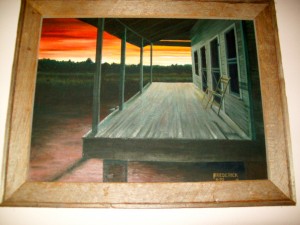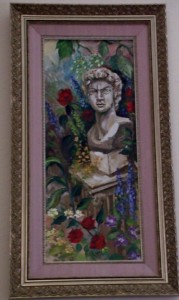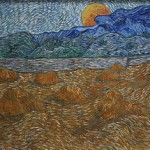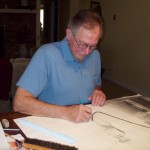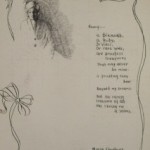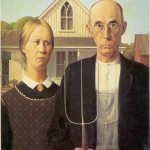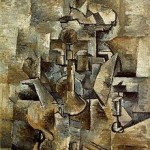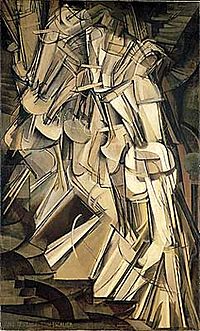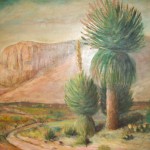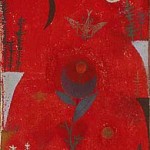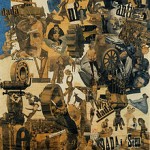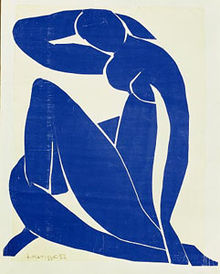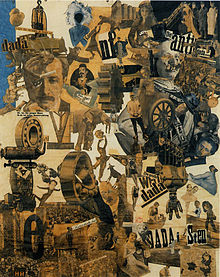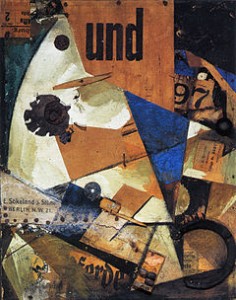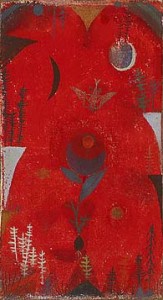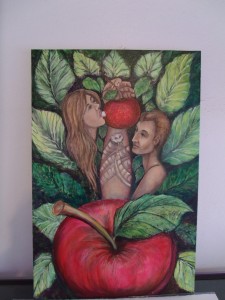
I’ve always been in awe of artists that depict a mood or create an emotion in their paintings, while remaining realistic enough, yet not restricted by rules defining what something should look like.
Most of my life I spent in the business world–the not art world–and any creative work I did was pencil sketching. But it was more than sketching; I really was striving for a finished product. My pencil sketches often worked from sketch to a finished product–in some cases almost photographic.

When I retired from the business world and turned my attention to art, took out old art books, checked out ancient brushes and threw away caked and dried tubes of watercolor (the only painting medium I’d tried up to this point), I decided I would enter the art world with a passion. I selected to work with acrylics because I did not have a properly ventilated studio area for oils.
My main concern is my fear of “getting loose”. I love most all art that is what one might consider good. I like some of Picasso’s works–not all–but can see why he became as famous as he did.
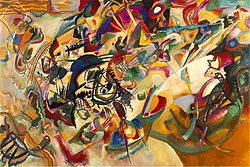
And who can not fully appreciate the vibrant colors and loose fluidity of Wassily Kandinsky’s, “Composition Vll”?
Yes, I say. Good art I truly love. But Me? Will I ever get loose? Doubtful–perhaps somewhat.
When I told my artist brother living in Lubbock Texas, Lynn Burton (be sure to visit his gallery at the top of the page), that I wanted to get loose with my painting, he said: “Get a copy of one of Picasso’s paintings and determine to paint it in fifteen minutes…I mean it, fifteen! No more! Slap that paint on canvass as fast as you can. It won’t be great, but you’ll have a ton of fun, and you will loosen up.”
I’m not going to show you a picture of the loosening up mess I made because it went into the trash months ago. But as you can see the acrylics I’ve done are not loose. I’m still an artist in progress.
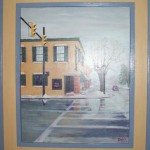
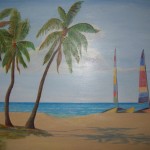
I enjoy working with acrylics because they do not require the strict discipline of working with watercolors. They also can be painted using several different art techniques. Below I attempted to paint the “Old Woodie” (below) with an egg tempera technique–small brushes, cross-hatch strokes, detail. I say attempted because I did not quite succeed at the attempt–I gave in to a more oil painting technique. It would have taken forever using the egg tempera technique!
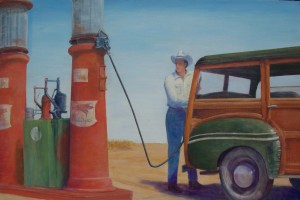
Be sure to sign up for the Art Center Information newsletter and enter the drawing to win a free coffee table art book>>>Upper right hand corner of page.
